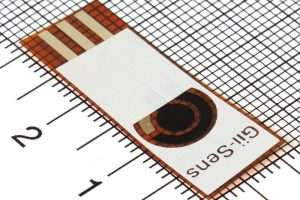
“Organic redox-active molecules [ORAMs] are abundant and diverse, offering significant potential for energy storage, particularly in aqueous organic flow batteries,” according to the Institute. “However, ensuring the stability of the ORAMs during the charge and discharge process is critical, as side reactions can deactivate them and eliminate their redox activity – air stability remains a challenge for many ORAMs.”

A group led by Professors Li Xianfeng and Zhang Changkun has developed naphthalene derivatives with active hydroxyls and dimethylamine scaffolds that are stable in air and can serve as catholytes flow batteries.
One of the materials was stable through 850 cycles (~40 days) at 50Ah/litre.
“Even with continuous air flow in the catholyte, the naphthalene-based flow battery could run smoothly for approximately 600 cycles [~22 days] without capacity and efficiency decay,” said the Institute.
The synthesis route is said to combined chemical and in situ electro-chemical methods, and be scalable.
To demonstrate this, 5kg lots were made and, according to the Institute: “pilot-scale battery stacks containing these naphthalene derivatives achieved an average system capacity of approximately 330Ah. They exhibited remarkable cycling stability over 270 cycles [~27 days], with a capacity retention of 99.95% per cycle.”
 As the active chemicals are stored outside the reaction chamber, and are only introduced when needed, flow batteries decouple energy and power capability.
As the active chemicals are stored outside the reaction chamber, and are only introduced when needed, flow batteries decouple energy and power capability.
All else being equal: energy capacity is proportional to the size of the external holding tanks, while power capacity is proportional to the size of the reaction vessel.
The work is published as ‘Air-stable naphthalene derivative-based electrolytes for sustainable aqueous flow batteries‘ in Nature Sustainability.
 Electronics Weekly Electronics Design & Components Tech News
Electronics Weekly Electronics Design & Components Tech News


